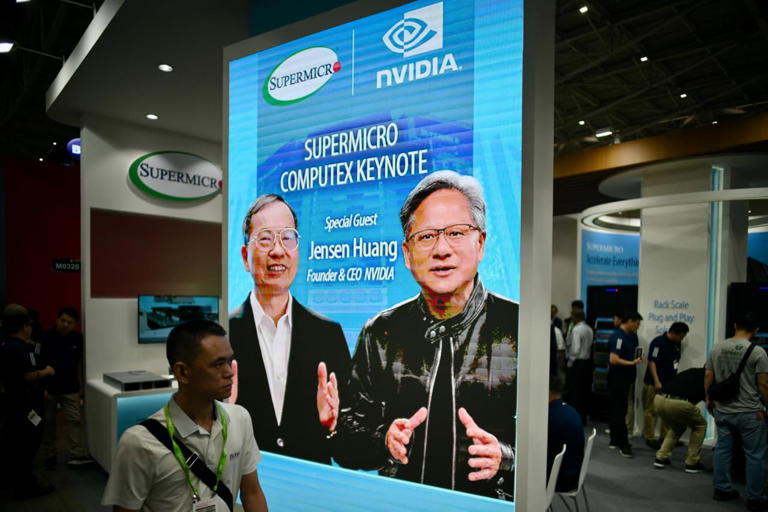Investment bubbles, or even the perception of one, can present lucrative opportunities for disciplined investors to capitalize on rapid gains within a short timeframe.
While proponents of long-term investing advocate for a patient approach, it’s important to acknowledge that during periods of heightened volatility, even passive index investors may exhibit behavior akin to bad traders, particularly when faced with market turbulence impacting their low-fee exchange-traded funds.
Market commentators often overlook the fact that many affluent investors favor individual stocks in their portfolios, alongside a limited allocation to low-fee funds. Despite their presence in the market, these investors tend to gravitate towards certain stocks, contributing to their outperformance over broad market indexes.
For investors seeking to navigate the current market landscape, the key challenge lies in identifying risk-managed strategies to leverage stocks aligned with compelling investment themes, even if they are trading at elevated earnings multiples.
One example is Super Micro Computer, known for its cooling technologies crucial for preventing overheating in large-scale computers powering artificial intelligence applications. Despite its remarkable 200% surge this year, outpacing the S&P 500 index’s modest gain, the stock has recently experienced a downturn. Analysis of its technical support levels suggests it may soon test the 20-day support level around $750.50.
The recent weakness in Super Micro’s stock price likely reflects its extraordinary upward trajectory, a common occurrence with parabolic moves that often encounter resistance or reversal as investors grow hesitant to bet on further aggressive rallies.
Furthermore, institutional investors, having reaped substantial profits from the AI sector, are now reallocating some of those gains into other sectors offering more appealing valuations. This shift in capital allocation could exacerbate downward pressure on AI-related stocks like Super Micro.
Over the past 52 weeks, Super Micro’s stock has exhibited a wide trading range, fluctuating from $87.25 to $1,077.87, marking an impressive 769% surge over the preceding 12 months.
For investors with an appetite for risk, implementing a put-option spread strategy could offer a hedge against potential downside in Super Micro’s stock. One approach involves purchasing the March $730 put while simultaneously selling the March $630 put. This spread, which recently commanded a price of about $12.30, stands to yield maximum net profit of approximately $87.70 if Super Micro’s stock declines to $630 or lower at expiration.
Implementing the put-spread strategy offers a potential avenue for utilizing profits to purchase Super Micro’s stock at a lower valuation in the event of a significant collapse, or to readjust the put trade to capitalize on further downside movements. However, it’s crucial to emphasize that this approach is suited for investors with the financial capacity and risk tolerance to withstand fluctuations in stock price.
Should Super Micro’s stock align with the put-spread strategy, it stands to convert the remarkable stock movements into tangible profits.
Nevertheless, it’s essential to note that adopting a bearish trade stance should not necessarily be interpreted as confirmation of the AI investment theme constituting a bubble. Rather, it’s plausible that certain AI stocks, such as Nvidia, Arm Holdings, and Super Micro Computer, have experienced rapid and perhaps excessive appreciation. The put spread serves as a tactical maneuver to potentially profit from a short-term reversal in these stocks’ prices.
Undeniably, the technological advancements of the past century have laid the groundwork for transformative technologies poised to propel humanity forward. Nvidia’s recent earnings report has sparked investor enthusiasm for this burgeoning opportunity.
Nvidia’s CEO, Jensen Huang, highlighted that AI has reached a “tipping point,” with robust demand observed across various companies, industries, and nations. Additionally, Nvidia disclosed impressive metrics, including 75% profit margins and 75% market share in the data-warehouse sector, which resonate positively with investors.
